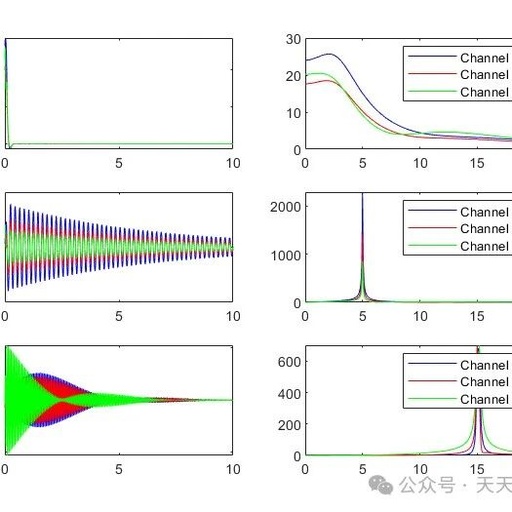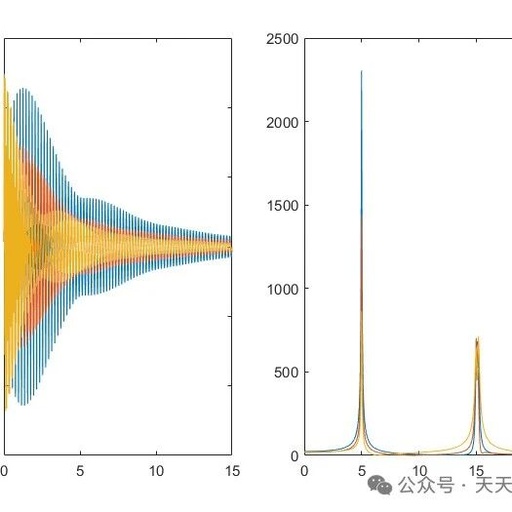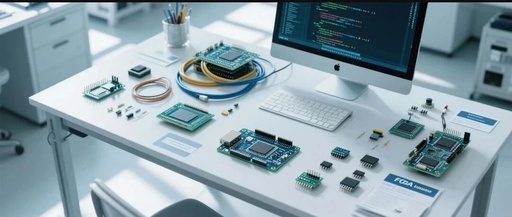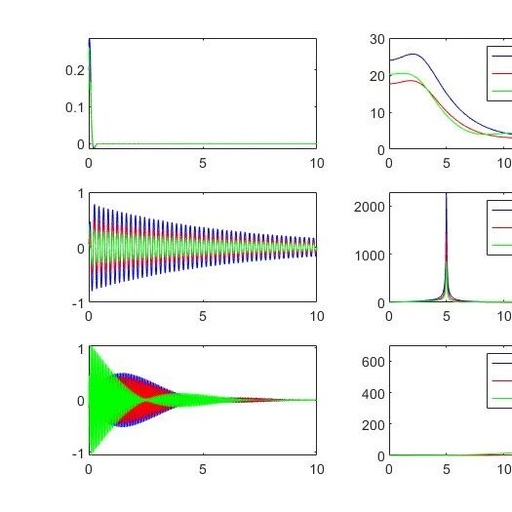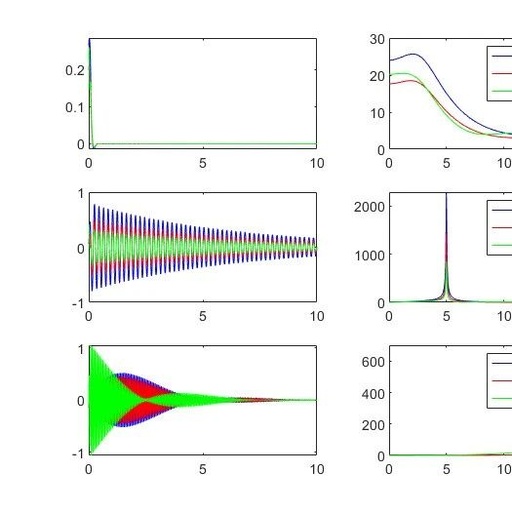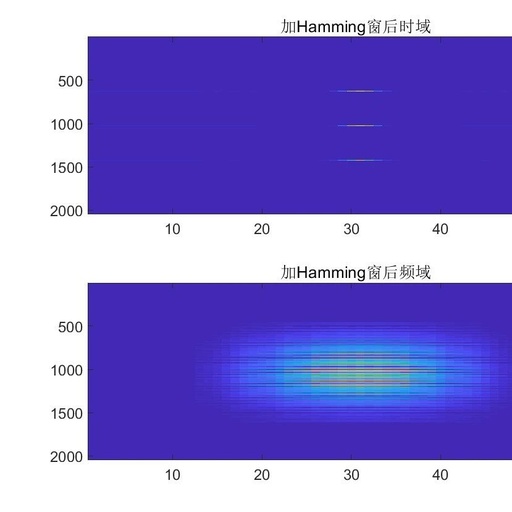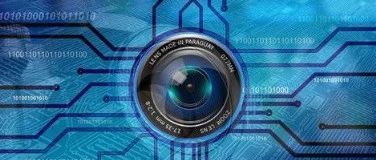Optimization of Multivariate Variational Mode Decomposition Based on WOA-MVMD Whale Algorithm in Matlab
✅ Author Profile: A Matlab simulation developer passionate about scientific research, skilled in data processing, modeling simulation, program design, complete code acquisition, paper reproduction, and scientific simulation. 🍎 Previous reviews, follow the personal homepage:Matlab Research Studio 🍊 Personal motto: Seek knowledge through investigation, complete Matlab code and simulation consultation available via private message. 🔥 Content … Read more
